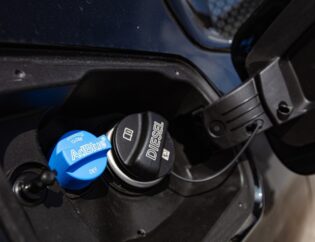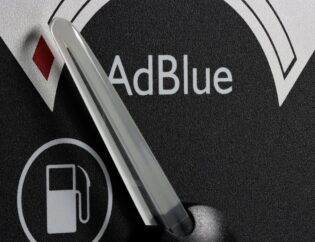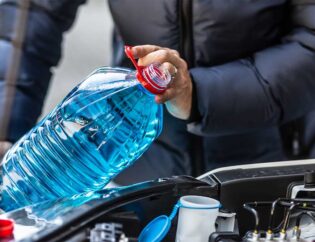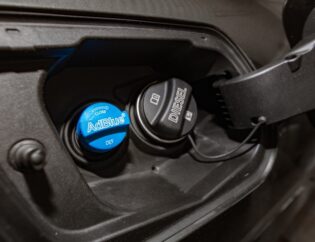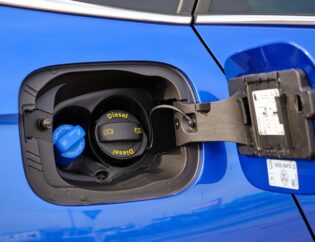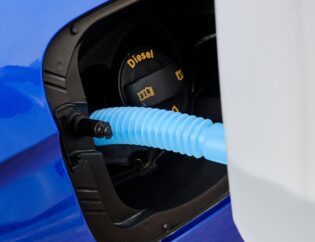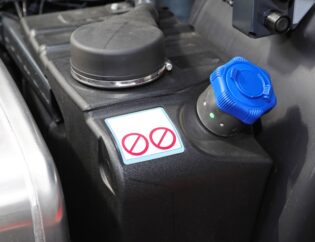
Contents
What is Diesel Exhaust Fluid?
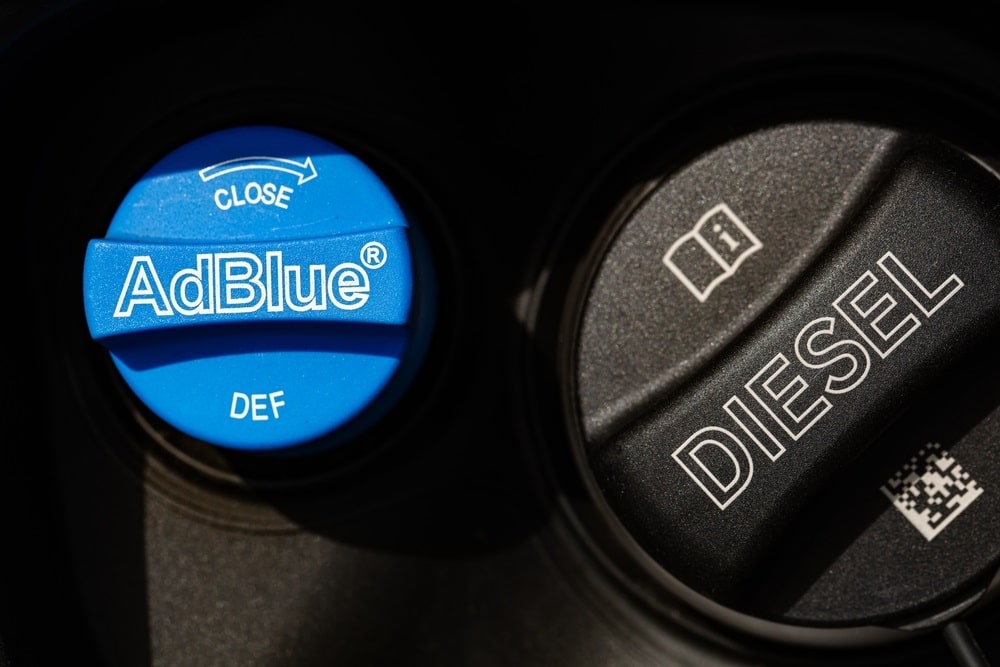
Diesel Exhaust Fluid, commonly referred to as DEF, is a solution composed primarily of urea and deionized water. It is used in Selective Catalytic Reduction (SCR) systems to reduce nitrogen oxide (NOx) emissions from diesel engines. DEF is non-toxic, non-flammable, and safe to handle, making it an essential component in the fight against air pollution.
Composition of DEF
The standard composition of DEF is 32.5% high-purity urea and 67.5% deionized water. This precise mixture is crucial for the effective operation of SCR systems, as the quality and concentration of the fluid directly impact its performance in reducing emissions.
How DEF Works
DEF is injected into the exhaust stream of a diesel engine, where it vaporizes and decomposes to form ammonia and carbon dioxide. The ammonia then reacts with NOx in the SCR catalyst to produce harmless nitrogen and water vapor. This chemical reaction significantly reduces the amount of NOx released into the atmosphere, which is a major contributor to air pollution and smog.
Environmental Impact of Diesel Engines
Diesel Engines and Air Pollution
Diesel engines are known for their durability and fuel efficiency, but they also produce higher levels of NOx and particulate matter (PM) compared to gasoline engines. These emissions contribute to respiratory problems, cardiovascular diseases, and environmental degradation. Regulatory bodies worldwide have implemented stringent emission standards to mitigate these adverse effects.
Regulatory Measures
Governments have introduced various regulations to curb emissions from diesel engines. In the United States, the Environmental Protection Agency (EPA) has set rigorous standards for NOx and PM emissions. Similarly, the European Union has implemented the Euro VI standards, which mandate the use of technologies like SCR and DEF to achieve compliance.
Mechanism of DEF in Emission Reduction
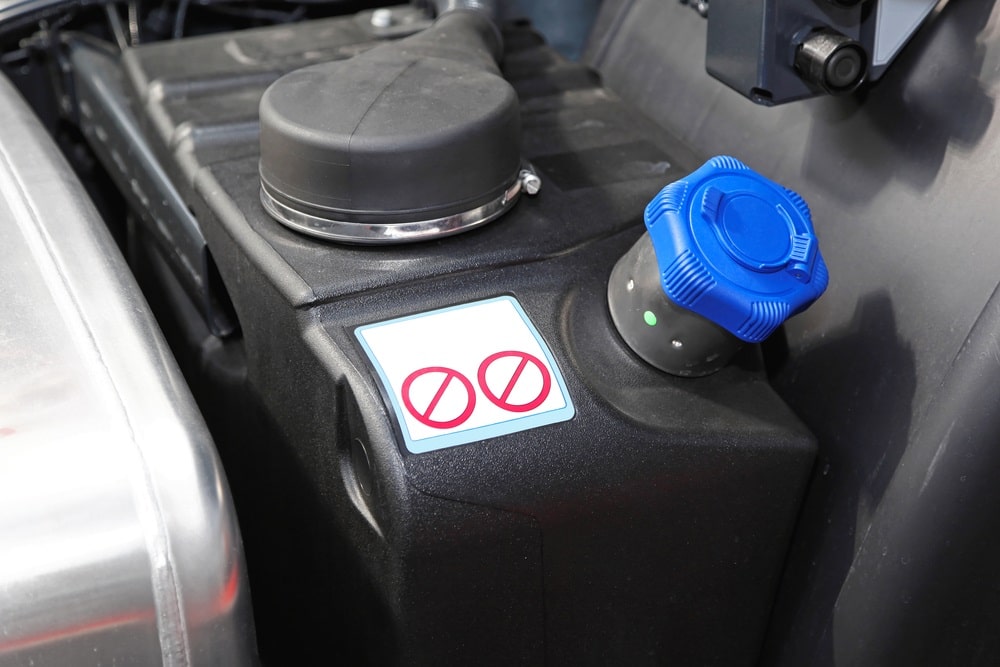
Selective Catalytic Reduction (SCR)
SCR is a technology that uses DEF to reduce NOx emissions from diesel engines. The SCR system comprises a catalyst and an injector that sprays DEF into the exhaust stream. As the exhaust gases pass through the catalyst, the NOx is converted into nitrogen and water vapor, significantly lowering the emission levels.
Chemical Reactions Involved
The primary chemical reaction in SCR involves the decomposition of DEF into ammonia and carbon dioxide. The ammonia then reacts with NOx in the presence of the SCR catalyst to form nitrogen and water vapor. This process effectively neutralizes the harmful pollutants and reduces their impact on the environment.
Impact on NOx Emissions
The use of DEF in SCR systems can reduce NOx emissions by up to 90%, making it one of the most effective methods for controlling diesel engine pollutants. This significant reduction helps in meeting stringent emission standards and improving air quality.
Advantages of Using DEF
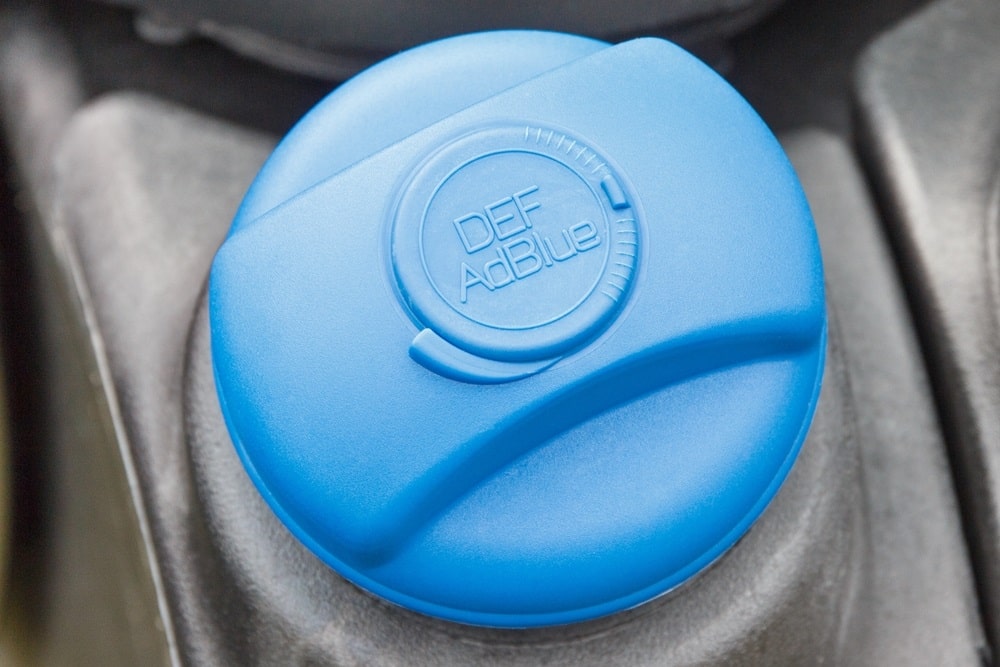
Environmental Benefits
The primary benefit of using DEF is the substantial reduction in NOx emissions, which contributes to cleaner air and a healthier environment. By minimizing the release of these harmful pollutants, DEF helps in mitigating the adverse effects of diesel exhaust on human health and the ecosystem.
Compliance with Emission Standards
Using DEF ensures that diesel engines comply with the stringent emission standards set by regulatory bodies. This compliance is crucial for manufacturers and operators to avoid penalties and continue their operations without disruptions.
Improved Engine Performance
Contrary to some misconceptions, the use of DEF does not compromise engine performance. In fact, it can enhance the efficiency and longevity of the engine by reducing the thermal load and preventing the buildup of harmful deposits in the exhaust system.
Challenges and Considerations

Cost and Maintenance
One of the main challenges associated with DEF is the additional cost and maintenance it requires. Operators need to ensure a steady supply of DEF and maintain the SCR system to ensure optimal performance. However, these costs are often offset by the environmental and regulatory benefits.
Handling and Storage
DEF must be handled and stored properly to maintain its effectiveness. It should be kept in a cool, dry place and protected from contamination. Additionally, DEF has a limited shelf life, so it is important to monitor its quality and replace it as necessary.
Potential Downsides
While DEF is generally safe and effective, there are some potential downsides to consider. For instance, improper handling or contamination can reduce its efficacy, leading to increased emissions. Moreover, in extremely cold temperatures, DEF can freeze, requiring additional measures to keep it in a liquid state.
Comparison with Other Emission Reduction Methods
Diesel Particulate Filters (DPF)
DPF is another emission reduction technology that targets particulate matter (PM) emissions. While it effectively captures and burns off soot particles, it does not address NOx emissions. Therefore, DPF and SCR systems are often used in conjunction to achieve comprehensive emission control.
Exhaust Gas Recirculation (EGR)
EGR is a technique that recirculates a portion of the exhaust gases back into the engine’s intake, reducing the formation of NOx. However, EGR alone is not as effective as SCR in reducing NOx emissions, and it can negatively impact engine performance and fuel efficiency.
Catalytic Converters
Catalytic converters are used in both gasoline and diesel engines to reduce harmful emissions. They convert toxic gases like carbon monoxide, hydrocarbons, and NOx into less harmful substances. While effective, catalytic converters are often used in combination with other technologies, such as SCR, to achieve stringent emission standards.
FAQs
How does DEF reduce harmful emissions?
DEF reduces harmful emissions by converting NOx into harmless nitrogen and water vapor through a chemical reaction in the SCR system. This process significantly lowers the amount of NOx released into the atmosphere.
Is DEF harmful to humans?
DEF is non-toxic and safe to handle. However, it is recommended to avoid direct contact with skin and eyes and to store it in a cool, dry place away from contaminants.
Can DEF be used in all diesel engines?
DEF is designed for use in diesel engines equipped with SCR systems. It is not suitable for engines without this technology.
How often do I need to refill DEF?
The frequency of DEF refills depends on the engine size, usage, and driving conditions. Typically, DEF consumption is around 2-3% of diesel fuel consumption.
Conclusion
Diesel Exhaust Fluid is an effective solution for reducing harmful emissions from diesel engines. Through its role in the SCR system, DEF significantly lowers NOx emissions, contributing to cleaner air and a healthier environment. While there are challenges associated with its use, the benefits far outweigh the drawbacks. As technology advances and regulations become more stringent, DEF will continue to play a crucial role in emission control and environmental protection. Get in touch with Azure Chemical to receive your high-quality diesel exhaust fluid for your vehicle.


